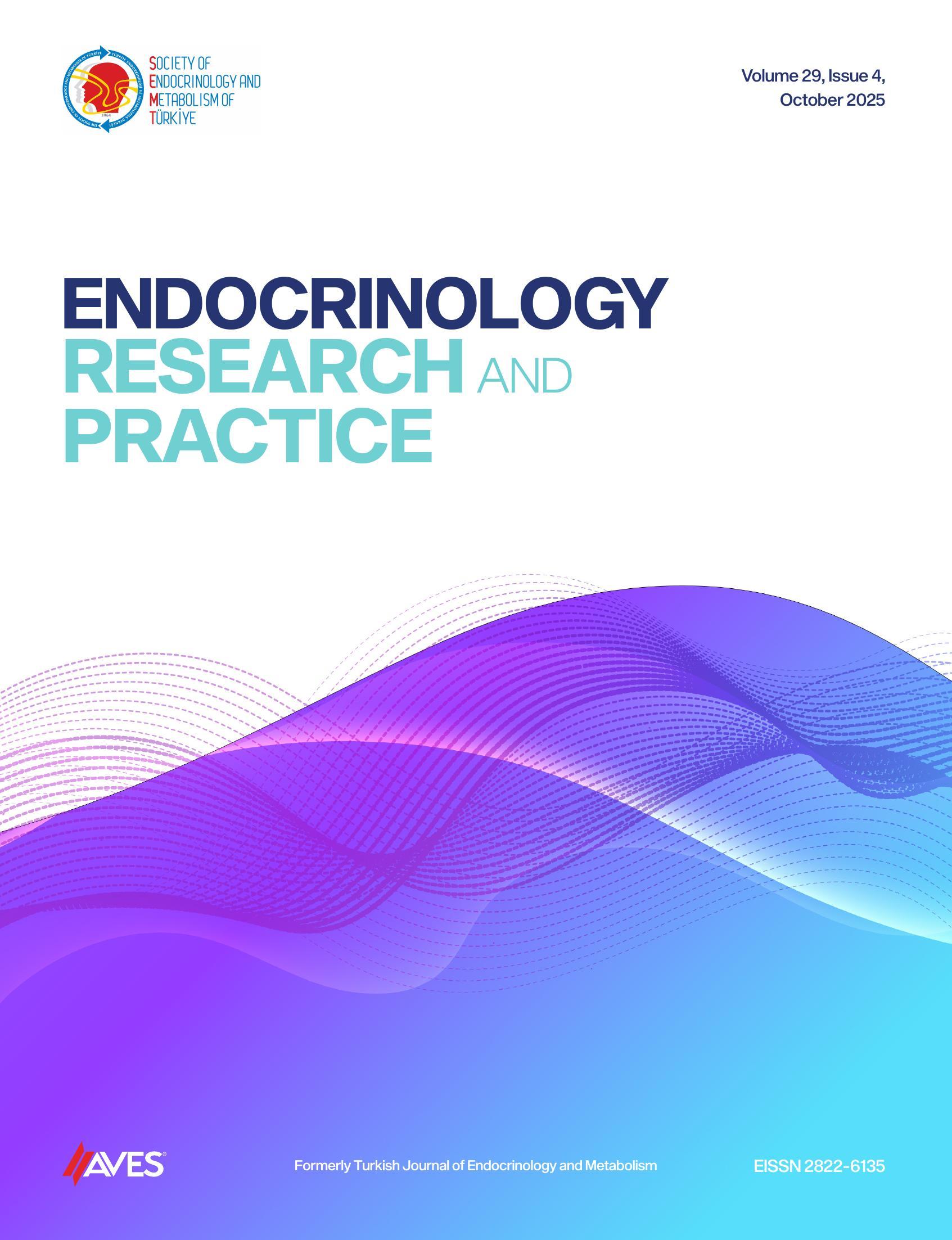Pituitary hyperplasia is an enlargement of the pituitary gland resulting from increased cell number. In contrast to adenomas, which are nodular and monoclonal, hyperplasia is a polyclonal process that may manifest in diffuse, focal, or nodular forms, arising in both physiological and pathological contexts. Physiological forms occur during adolescence, pregnancy, and lactation. Pathological hyperplasia most often results from long-standing primary endocrine gland failure—such as hypothyroidism, adrenal insufficiency, or hypogonadism—although it remains underrecognized. In these cases, chronic loss of negative feedback leads to persistent hypothalamic stimulation, excessive release of thyrotropin-releasing hormone,corticotropin-releasing hormone, and gonadotropin-releasing hormone, and proliferation of the corresponding pituitary cell populations. Clinically, pituitary hyperplasia may be asymptomatic and detected incidentally, or present with mass effects (headache, bitemporal hemianopia) and/or endocrine dysfunction, including varying degrees of hypopituitarism. Magnetic resonance imaging typically shows diffuse, symmetric adenohypophyseal enlargement, sometimes with a dome-shaped superior convexity, but without the focal nodular lesions of adenomas. Combined assessment of pituitary and target gland hormones is essential to establish the underlying cause. Timely recognition is critical for differential diagnosis with other sellar masses and to avoid unnecessary, potentially harmful surgery. Treatment is primarily medical, targeting the endocrine deficiency, and usually leads to stabilization or regression of pituitary enlargement. Surgery is rarely indicated and should be reserved for exceptional cases with persistent or severe mass effect. This review summarizes current evidence on pituitary hyperplasia secondary to primary endocrine insufficiency, emphasizing its pathophysiology, clinical presentation, and diagnostic challenges to promote accurate recognition and appropriate management.
Cite this article as: Gasco V, Cuboni D, Prencipe N, et al. Secondary pituitary hyperplasia: the long-term consequences of untreated primary hormonal deficiencies. Endocrinol Res Pract. 2025;29(4):346-355.

-1(1).png)

.png)